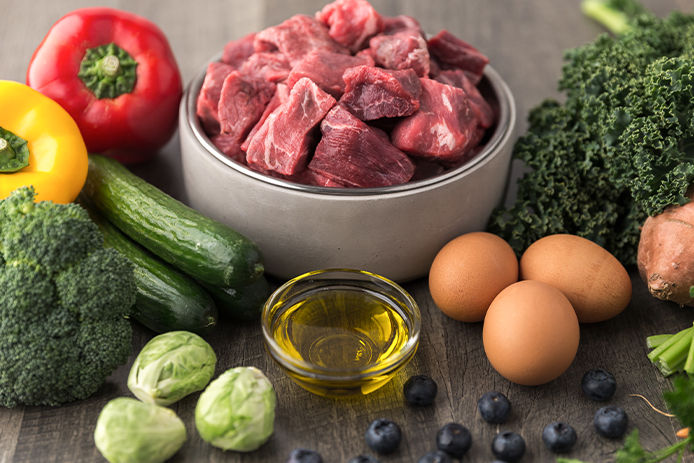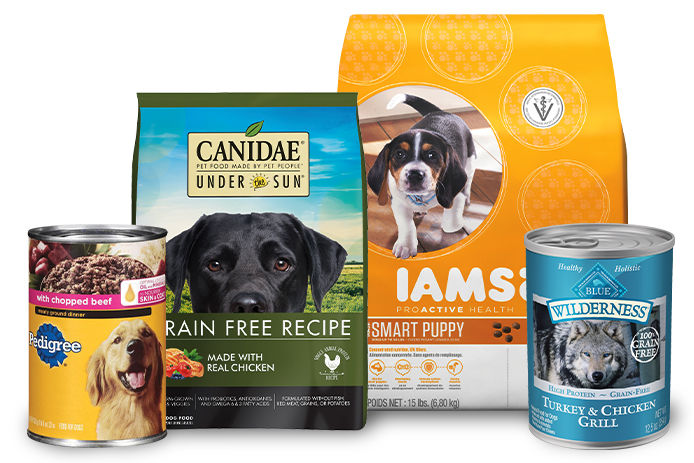Training a new pup can be challenging; check out these simple crate tips
How to Choose the Right Dog Food

As a dog owner, you are presented with a tough decision, what food is best for my best friend? There is an array of choices, all claiming to be the best for your four-legged furry friend. To help you narrow down your options, we’ve compiled four steps to choosing the best dog food.
1. Consider Age, Breed, and Activity Level

Different stages of a dog’s life need different kinds of nutrients. Puppies (under a year) burn through calories quickly, which requires them to intake more calories than an adult or a senior dog. Very active dogs also need a high caloric diet. Older dogs, on the other hand, will benefit from extra nutrients that support their joints and muscles. Most brands labeled their food according to age group or size of the breed, (large breed or small breed dogs) rather than specific dog breeds.
2. Read the Ingredients

Always read the ingredients! It is important to know what you are feeding your furry friend. Ingredients are listed in order based on weight. You want to choose a food with meat or meat meal as the first ingredient. Meat meal is any rendered product from animal tissue, whereas meat by-product comes from non-rendered parts such as lungs, kidneys, brain, blood, and more. Even though dogs are omnivores, they shouldn’t be fed a vegetarian diet. It can cause more harm than good to your puppers. Like people, dogs can have allergies. One of the more common allergies in dogs is grains. Grain-free dog foods can come at a higher cost, and contain all essential nutrients. How do you know if little Oscar is allergic to grains? Excessive licking, scratching, vomiting, and diarrhea can be signs of a food allergy. Ask your veterinarian before switching up your dog’s food.
3. Create Your Own Food

If you want to try making your dog food, there are a few things that you should know. Dogs are not strict carnivores. This means that their diet while consisting mainly of meat, is not limited to only meat. Fruits, vegetables, and grains are packed full of essential vitamins, minerals, and fibers that help promote a healthy digestive system. Be sure to incorporate multiple ingredients in your homemade dog food.
4. Dry Food or Wet Food

Both dry food and wet food come in a variety of flavors, appealing to most palates, but wet food tends to be more palatable and will appeal to the pickiest eaters. Wet food requires refrigeration and tends to be more expensive, because of the number of fresh meats it contains. Dry dog food is easier to store over wet food because it contains ninety percent dry matter and only ten percent water. Both types of dog food will provide essential nutrients to keep your puppy healthy and happy.
When choosing the right dog food, you’ll want to look for brands with high-quality ingredients, that are breed-specific, and stage of life. You can choose wet or dry dog food. Talk with your veterinarian to find out what kind of dog food is right for your furry fuzz-ball. Then head over to your local Do it Best, for an amazing selection of pet supplies.
